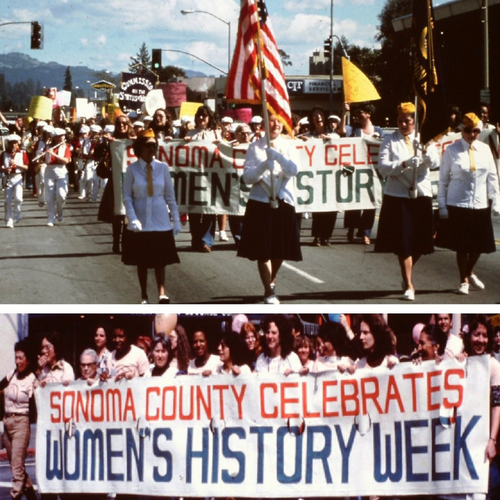While many great strides have been made for women in the United States throughout the last few decades, there’s still a long way to go, Mama. Even though it’s 2023, inequality and sexism still exist—in fact, a 2017 Pew Research Center survey found that a whopping four-in-ten women (42%) said they have experienced gender discrimination at work. And until Congress passed the Equal Credit Opportunity Act of 1974, women couldn't get credit cards in their own name!
Although these are just a few examples, these inequities—in addition to the strides made by our heroes—are why it’s so important to celebrate Women's History Month in March. It's a great time to read about women’s history and teach our sons and daughters about the heroes (both the well-known and the unsung) who worked tirelessly to further women’s rights. Cheering on those still fighting for and representing women today is equally important because as we mentioned before, there’s still plenty of work to be done.
We all learned certain facts in school, but there is so much more out there that we fail to recognize and so much more we need to teach our children so women can continue to make strides toward equality. So with that, here are 5 facts about Women’s History that you and your kiddos should know:







